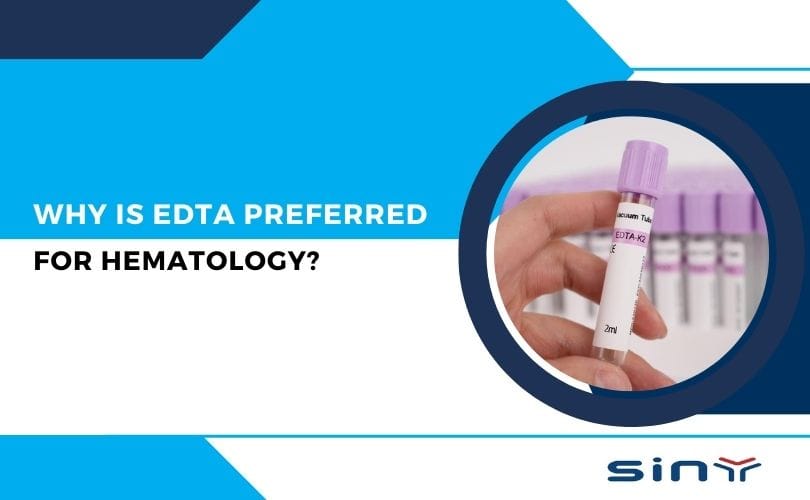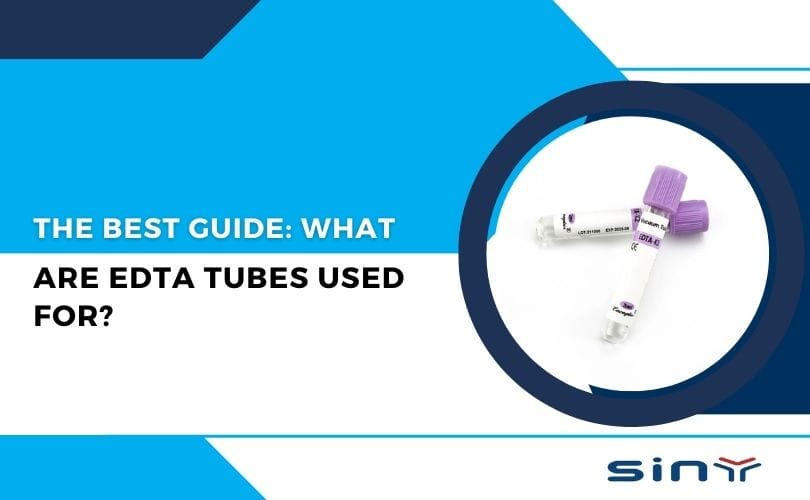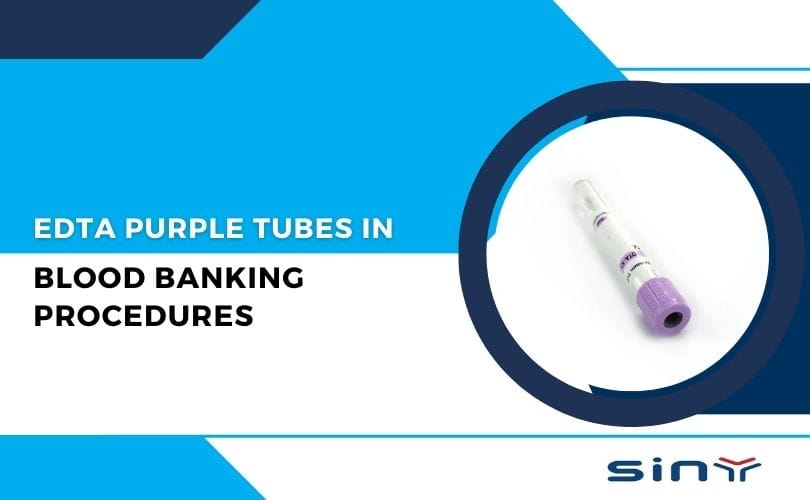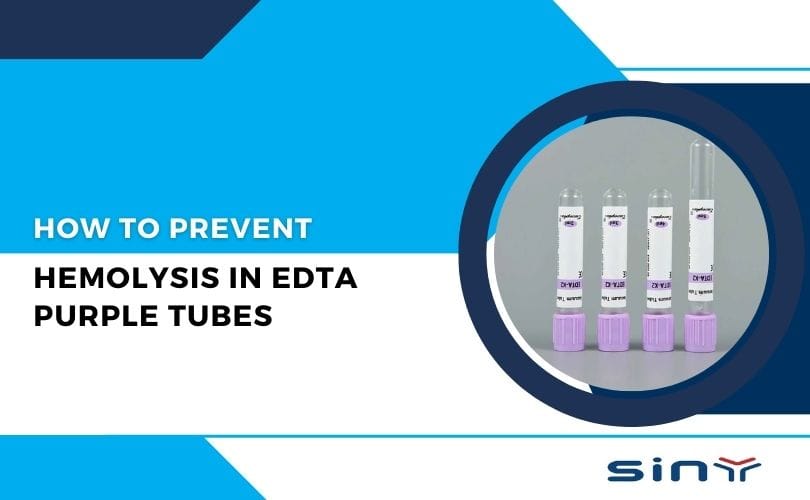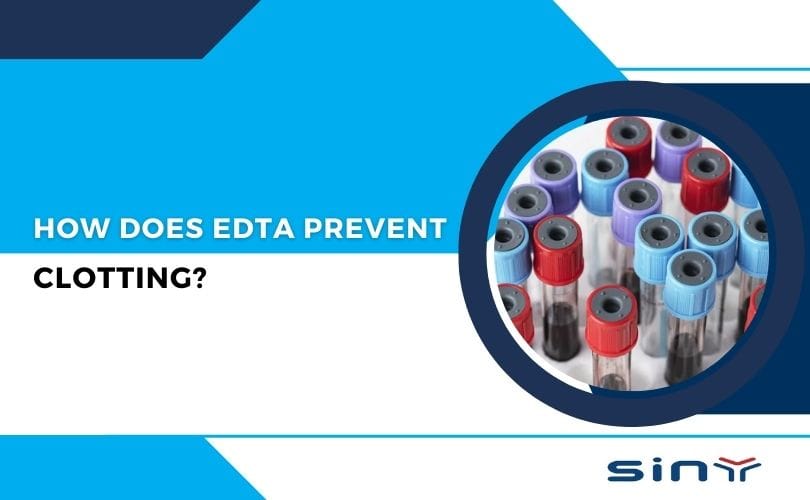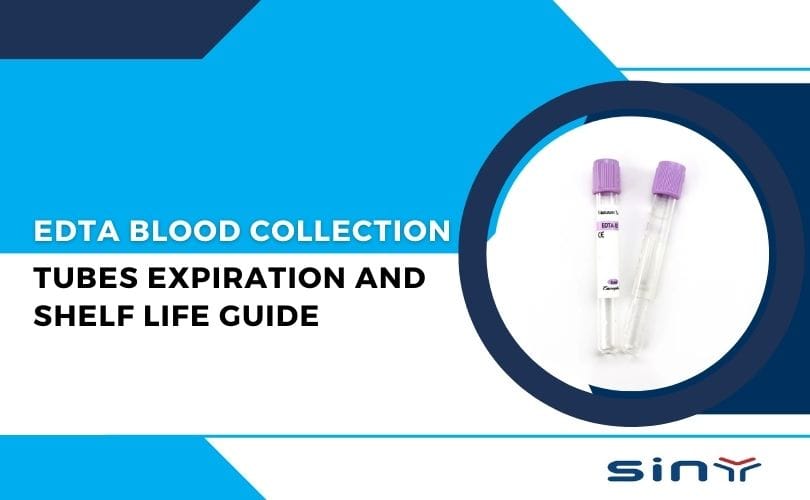Hematology, the study of blood and its disorders, relies heavily on accurate and reliable diagnostic tools. One such tool that has become indispensable in hematology is Ethylenediaminetetraacetic acid (EDTA). EDTA is a chelating agent that binds calcium ions, preventing blood from clotting and preserving the integrity of blood cells for analysis. This blog delves into why EDTA is preferred for hematology, its advantages, and its applications in modern medical practices. Whether you’re a medical professional, a researcher, or simply curious, this comprehensive guide will provide you with all the insights you need.
What is EDTA and How Does It Work?
EDTA Preferred for Hematology is a synthetic amino acid that acts as a chelating agent, meaning it binds to metal ions like calcium, magnesium, and iron. In hematology, EDTA’s primary role is to prevent blood coagulation by binding to calcium ions, which are essential for the clotting process. This ensures that blood samples remain in a liquid state, allowing for accurate analysis of blood cells and plasma.
EDTA is available in different forms, such as K2 EDTA and K3 EDTA, which are commonly used in purple-top blood collection tubes. These tubes are specifically designed for hematological tests, making EDTA a cornerstone of blood sample collection and analysis.
For more details on EDTA tubes, visit our product page: Purple Top Blood Collection Tube.
Why is EDTA Preferred for Hematology?
EDTA Preferred for Hematology stems from its unique properties and benefits, which ensure the accuracy and reliability of blood tests. Below are the key reasons why EDTA is the go-to anticoagulant in hematology:
Prevents Clotting Effectively
EDTA’s ability to bind calcium ions ensures that blood samples remain unclotted, which is crucial for tests like complete blood count (CBC), blood smears, and other hematological analyses.
Preserves Cell Morphology
Unlike other anticoagulants, EDTA maintains the shape and structure of blood cells, ensuring that red blood cells, white blood cells, and platelets are accurately analyzed under a microscope.
Compatible with Automated Analyzers
Modern hematology labs rely on automated analyzers for quick and precise results. EDTA-treated blood samples are compatible with these machines, making the process efficient and error-free.
Minimal Interference with Test Results
EDTA does not interfere with most hematological tests, ensuring that results are accurate and reliable. This makes it the anticoagulant of choice for routine blood tests.
Long Shelf Life
EDTA-treated blood samples can be stored for extended periods without significant degradation, making it ideal for long-term studies and research purposes.
So, the key reason EDTA is preferred for hematology is that it maintains the true morphology of blood cells, which is crucial for accurate CBC (Complete Blood Count), differential counts, and morphological studies.
You can also explore details on K2 EDTA Blood Collection Tubes and K3 EDTA Blood Collection Tubes for clinical use.
Applications of EDTA in Hematology
EDTA’s versatility makes it a vital component in various hematological applications. Here are some of the key uses:
Complete Blood Count (CBC)
CBC is one of the most common blood tests, and EDTA ensures that the sample remains unclotted, allowing for accurate measurement of red blood cells, white blood cells, and platelets.
Blood Smears
EDTA-treated blood is ideal for preparing blood smears, which are used to examine the morphology of blood cells and diagnose disorders like anemia and leukemia.
Flow Cytometry
Flow cytometry is a technique used to analyze the physical and chemical characteristics of cells. EDTA-treated samples are compatible with this method, ensuring precise results.
Molecular Diagnostics
EDTA is also used in molecular diagnostics, where it preserves DNA and RNA for genetic testing and research.
For more information on K2 EDTA tubes, visit: K2 EDTA Blood Collection Tubes.
Types of EDTA Used in Hematology Tubes
Not all EDTA is the same. The two most common forms used in blood collection are:
K2EDTA
Available in spray-dried form inside tubes.
Ensures quicker mixing with blood and accurate results.
Widely recommended for routine hematology and blood bank procedures.
K3EDTA
Usually available as a liquid inside the tube.
Used in automated instruments but may cause slight shrinkage in red blood cells.
Still reliable but less common compared to K2EDTA.
Learn more at K3 EDTA Blood Collection Tubes.
Both types are available at EDTA Tube Products for laboratory applications.
How EDTA Preserves Blood Cell Morphology
Blood analysis requires intact cells for proper diagnosis. Here’s how EDTA makes a difference:
Red Blood Cells (RBCs): Maintains normal size and shape without causing shrinkage.
White Blood Cells (WBCs): Prevents clumping, enabling accurate differential counts.
Platelets: Preserves platelet structure for accurate counts and avoids pseudothrombocytopenia.
This makes EDTA tubes a trusted tool in routine tests like CBC, hemoglobin estimation, and reticulocyte counts.
For detailed technical product insights, visit Purple Top Blood Collection Tube.
Advantages of Using EDTA in Hematology
The advantages of EDTA explain why it’s universally recommended:
Accurate CBC results due to preserved morphology.
Longer stability of blood samples compared to other anticoagulants.
Versatile usage in manual microscopy, automated analyzers, and molecular tests.
Standardized worldwide, making it easy for labs to follow consistent protocols.
For laboratory supplies, explore the EDTA Tube Collection.
Wrapping It All Up
When it comes to hematology testing, precision and reliability aren’t optional—they’re mandatory. That’s exactly why EDTA is preferred for hematology. It offers unmatched stability, preserves cell morphology, and provides accurate diagnostic results that other anticoagulants simply can’t match.
From routine CBCs to advanced molecular diagnostics, EDTA tubes—especially the well-known purple-top tubes—remain the backbone of laboratory testing worldwide.
If you’re looking for trusted and high-quality EDTA tubes, explore EDTA Tube Products or visit the Contact Us page for more details.
FAQs
1. Why is EDTA better than heparin for hematology?
Because EDTA preserves cell morphology, while heparin causes clumping of white cells and distorts results.
2. Can EDTA tubes be used for coagulation studies?
No. For coagulation tests, citrate tubes are preferred since EDTA irreversibly binds calcium.
3. How long can blood in an EDTA tube remain stable?
Generally up to 24 hours at room temperature for accurate results, though some studies extend to 48 hours under refrigeration.
4. Is there a difference between K2 and K3 EDTA tubes?
Yes. K2 is spray-dried and preferred for hematology. K3 is liquid-based and may slightly alter red cell size.
5. Where can I buy high-quality EDTA tubes?
You can purchase at EDTA Tube Official Store, Siny Medical, or reach out via Contact Us.

